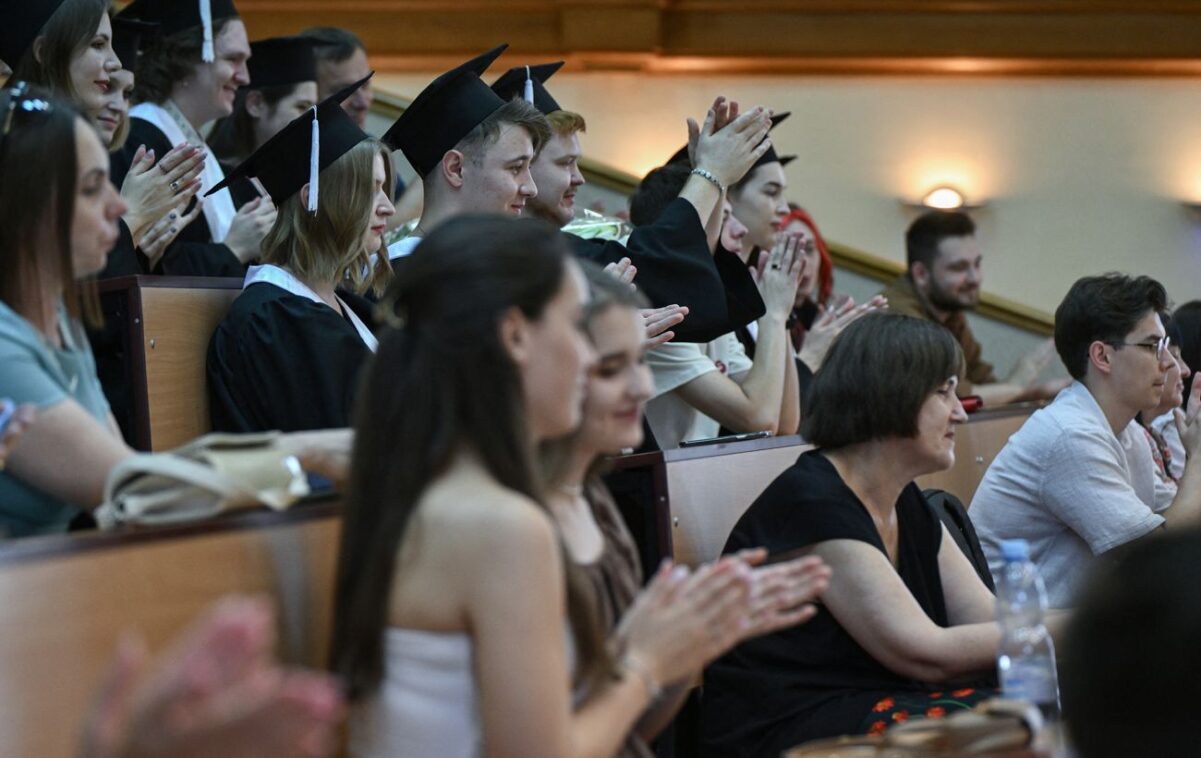
Tuition in Ukraine 2025: How Government Changes Raised Contract Costs and Affected Access to Higher Education
As of January 1, 2025, Ukraine has implemented new rules for calculating tuition fees in higher education institutions. Government Resolution No. 417, adopted on April 11, 2024, introduced a new principle: the cost of studying under a contract must be no lower than the actual amount the state spends on educating a publicly funded student in the same field and at the same university. This marked the beginning of the most widespread and rapid price increase for education in the country’s post-independence history.
What the government calls a “restoration of financial fairness” has, in practice, turned into a 25-30% average tuition hike. In some universities, tuition increased by up to 80%, and in certain cases, it even doubled. The changes affected both capital and regional institutions. And while the Ministry of Education and Science speaks of fair funding and dignified wages for educators, many families are being forced to reconsider their children’s educational paths.
Cabinet Resolution No. 417 redefined the pricing model: now, contract tuition must reflect the state’s actual cost of educating a publicly funded student. In other words, if the state spends 70,000 UAH per year to educate a law student at Taras Shevchenko National University of Kyiv, a contract student must pay at least the same amount. “Discounted” contracts for 25-30,000 UAH per year are no longer allowed, even if the actual cost is much higher.
Deputy Minister of Education Mykhailo Vynnytskyi explained the logic behind the change:
“A system where contract tuition is cheaper than public funding is a fiction. We must create conditions where quality education has its objective price.”
According to the ministry, the new policy is meant to eliminate cross-subsidization, where salaries were paid from the state budget while contract students paid symbolic fees. Officials also hope that realistic pricing will allow universities to establish financial stability, motivate educators, and improve the quality of education.
However, the resolution does not regulate how universities will spend this additional income. There is no obligation to update material resources, improve teaching methods, or provide scholarships for contract students.
Where and by how much have prices increased
The tuition hike affected most universities across Ukraine, not just in Kyiv, Lviv, or Kharkiv, but also in regional institutions.
In Zakarpattia, including Uzhhorod National University (UzhNU), Mukachevo State University (MSU), and Zakarpattia Academy of Arts, tuition increased by an average of 25% about 5,000 to 8,000 UAH per year. One of the sharpest increases was in design programs, where tuition jumped from 28,000 UAH to 57,000 UAH, nearly doubling. This caused significant concern among applicants and their families.
Nationwide, the situation is similar:
- Medical programs: from 60,000 to 80,000 UAH/year.
- Law, international relations, economics: at top universities, the total cost for a 4-year degree exceeds 300,000 UAH.
- Management at Lviv Polytechnic: tuition increased from 127,200 UAH to 227,200 UAH almost a 79% rise.
- Creative fields: some private and specialized universities now charge up to 85,000 UAH/year.
As of 2025, the average tuition increase across Ukraine is 28-30% compared to 2024. This is the sharpest rise in the past five years.
Who is hit the hardest
- Middle-income families not poor enough for subsidies, but not wealthy enough to pay 100,000 UAH upfront.
- High-achieving students who narrowly missed out on public spots. They now must either pay full tuition or choose a different field.
- Regional universities, which traditionally had lower fees due to weaker local purchasing power, now struggle to retain applicants as prices are leveled with larger cities.
Altogether, this creates a new barrier for young people who want to study but lack the resources.
Post List
Are there any alternatives?
Universities themselves have repeatedly called for a gradual implementation of the new rules. The Association of Rectors appealed to the President, urging a delay and proposing additional support mechanisms:
- Partial scholarships for contract students.
- Tuition discounts.
- Installment payment options.
- Flexible pricing models tailored to regional contexts.
But as of September 2025, all universities have already published new tuition rates, and the regulation remains in force.
What students are doing instead: workarounds
In the face of these changes, applicants are looking for alternatives:
- Enrolling in foreign universities, where tuition may be lower or scholarships are available.
- Switching to colleges or short-cycle programs, especially in IT.
- Choosing work-study combinations, if schedules allow.
- Postponing enrollment or switching to less expensive fields.
But these are just workaround strategies. None of them addresses the core issue the lack of a systemic approach to affordable, high-quality education.
Higher education: luxury or basic right?
It’s clear that educational services shouldn’t be free at any cost. But paid education should not become a privilege for the wealthy alone. Ukraine’s higher education system needs not just a market correction but a social contract.
The Cabinet’s decision may make financial sense, but it is socially reckless. While the country is at war and thousands of families have lost income, the government is shifting the full burden of tuition onto the public, without offering meaningful compensation or support.
And if pursuing a professional future means paying a sum that exceeds a family’s financial capacity, we are not creating a merit-based system. We are building a system of exclusion, where financial means, not motivation or ability, determine access.
The real question is not how much a student costs. It is how much the country loses when a capable person can’t afford to study.















